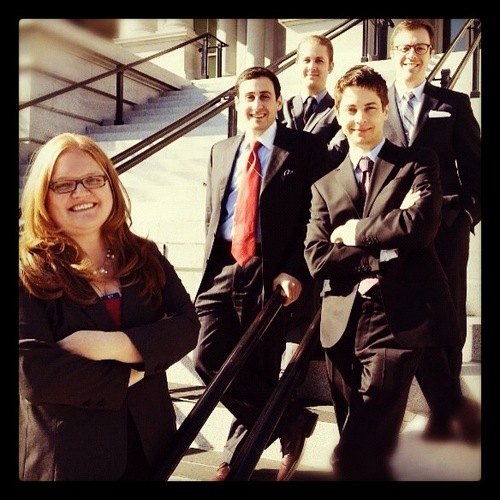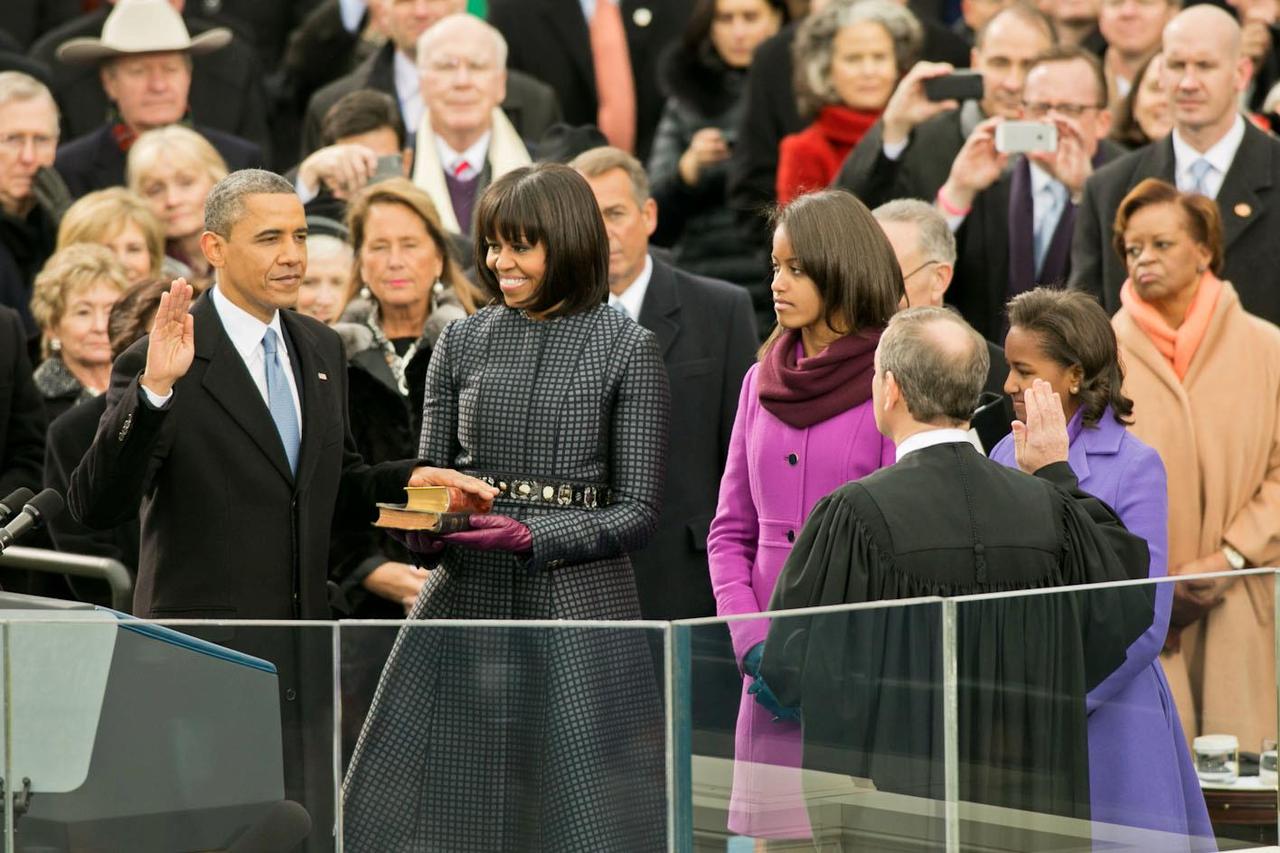By Phil Ashlock, Ben Balter, Danny Chapman, Kara DeFrias, and Greg Gershman
Over the years, you’ve probably filled in your name, address, and date of birth hundreds of times— while renewing your passport, applying for financial aid, filing your taxes, or completing any of the dozens of forms we all must fill out on a regular basis. We’d like to ask you to do that one more time… and then never again.
Project MyUSA (formerly known as MyGov) reimagines the relationship between the government and people. Rather than organizing government services according to the agencies that deliver them, MyUSA organizes services around people and the specific tasks they need to complete at all levels of government.
To deliver on that goal, we quickly set out to absorb as much information as we could at the beginning of our fellowship. We poured over data, sifted through heaps of documents at the Library of Congress and National Archives, and even ran a couple of “design for delight” ideation sessions to get everyone’s thoughts out on the table. In the end, four key ideas emerged to become the MyUSA product line: Discovery Bar, Account, Apps, and Forms.
A real-life MyUSA use-case
Let’s say someone wants to change her name. Normally, this would require a person to update her social security information (with the Social Security Administration), apply for a new passport (at the Department of State), and apply for a new driver’s license (at a state-level Department of Motor Vehicles). With the old way of doing business, that person is expected to know which agencies to contact about which pieces of the puzzle and would be required to submit nearly identical information to each one. MyUSA simplifies the process by presenting a better, more user- centric experience based on the collection of necessary information—while also retaining existing processes and workflows on the service delivery side.
MyUSA Discovery Bar
The Discovery Bar consists of tools and application programming interfaces (APIs) for connecting the government’s numerous websites. Agencies can embed this tool into existing web pages to help citizens discover services and information relevant to their interests and needs. Similar to the way websites inform you that “customers who bought this product also bought…” the discovery tools group online resources around citizen-centric tasks and transactions that are relevant, rather than the agencies that maintain them.

MyUSA Account
The MyUSA Account acts as an individual’s single point of access to government services, and provides a basic set of services through which agencies can interact with individuals. Each person controls access to his or her own personal information and can use a personal account to receive notifications, track and manage tasks, and access a full history of forms submitted to the government in the past.



MyUSA Apps
Apps are built using the MyUSA Citizen API. Individuals grant permission to an app to access their basic profile information. Government agencies can build interactions and workflows for common transactions, while at the same time creating an ongoing relationship between the public and the government. These can be built in any programming language and hosted anywhere.
MyUSA Forms
MyUSA Forms creates a simple and consistent experience for the public to transact with government. It also allows agencies to quickly and easily create online forms to collect and securely store information from the public. Agencies can access submitted forms via an API to integrate form submissions with their back-end systems.
How MyUSA benefits the public and government
For people:
When interacting with the government, people think in terms of their needs—not fragmented government bureaucracy. MyUSA greatly streamlines and simplifies citizens’ interaction with government – helping people much more easily find and utilize relevant information and services across government agencies.
For agencies:
MyUSA products enable agencies to more cost-effectively integrate with existing online services or to stand up new ones without unnecessarily duplicating efforts. Agencies can leverage MyUSA services, encourage cross-agency traffic, increase search engine optimization, and save time and money.
Next steps
Moving forward, we’re looking at additional ways that government can interact with citizens via the MyUSA Account. We’re also jumpstarting development on a new group of MyUSA Apps, making interacting with government easier for veterans, small businesses, and students, among others. We’re working with agencies to increase adoption of the Discovery Bar and improve the algorithms for connecting resources across the government. And, we’re also working toward rolling out MyUSA Forms as a full-fledged service across government. While MyUSA is still a prototype, built to show what’s possible, we can’t wait for these tools to become available to everyone in the not too distant future.
More information on the MyUSA Prototype
MyUSA | Blog | Twitter | Facebook | GitHub

Phil Ashlock, Ben Balter, Danny Chapman, Kara DeFrias, and Greg Gershman are Presidential Innovation Fellows working on MyUSA at the General Services Administration.
To learn more about or apply for the Presidential Innovation Fellows program, please visit: WhiteHouse.gov/InnovationFellows















